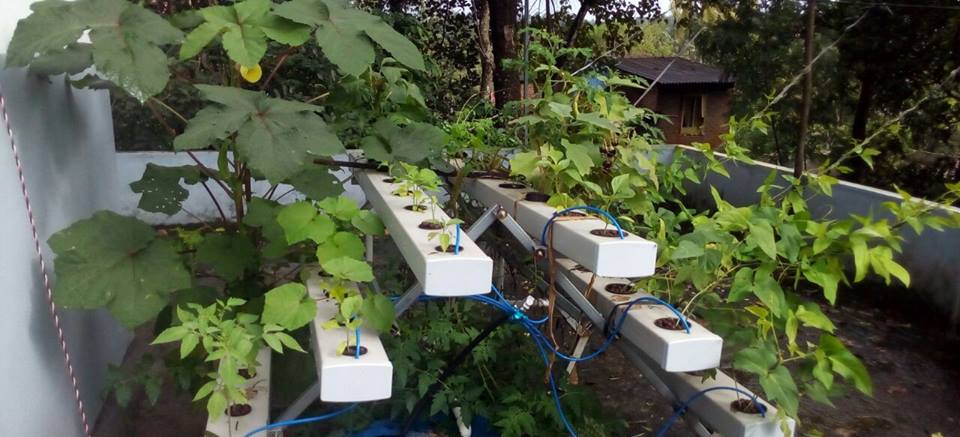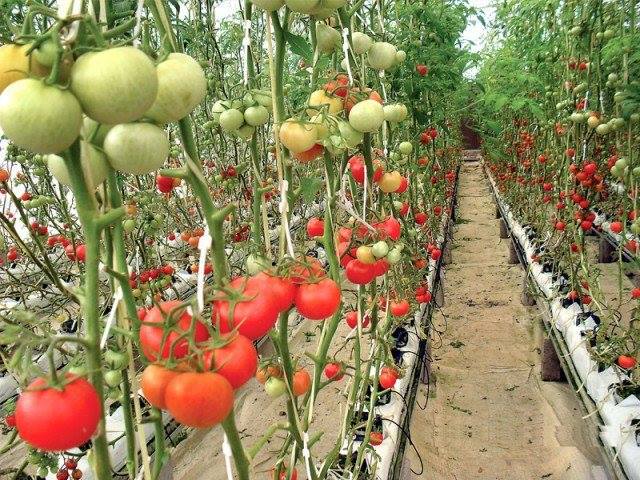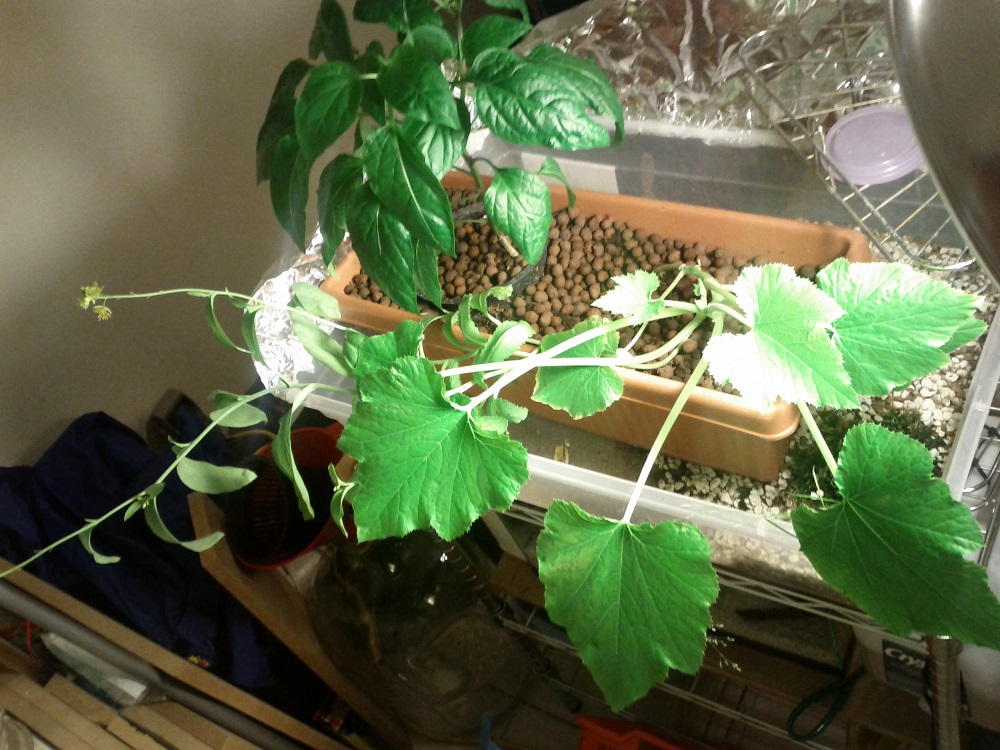Gurugram Adopts Soil-Less Farming and Shows How Easy It Is to Eat Chemical-Free!
A project commissioned by the Harayana Department of Horticulture is supplying safe, chemical-free fruit and vegetables to residents of Delhi and Gurugram and encouraging a new generation of urban farmers in India.

Residents across Gurugram and Delhi are enjoying the benefits of safe, chemical-free produce grown from a soil-less environment thanks to a project set up by three friends and commissioned by the Haryana Department of Horticulture.
In a system already attracting hordes of India’s new-age farmers, crops are being grown in Panchgaon village, Manesar, without the use of soil, meaning that they are free from pest and disease attacks, chemical-free and nutrient-dense.
The produce is being supplied to residents of nearby cities Delhi and Gurugram through bulk buyers.

“This is the future of farming and vegetable cultivation. Instead of soil, coconut fibre is used to fill the pots and liquid nutrients are provided in a controlled environment,” Din Mohammad Khan, District Horticulture Officer, told Hindustan Times.
The project was set up in 2015 by three friends, Rupesh Singal, Avinash Garg and Vinay Jain, all IT professionals. It uses indoor farming techniques in a controlled environment. Some of the crops produced on-site include tomatoes, European cucumber, cherry tomatoes, bell peppers, basil, parsley and rosemary, which all come from locally sourced seeds. The capital investment made has been reported at Rs. 60 lakh with the annual operational cost totalling around Rs. 20 lakh.
“We do not require fertilisers and pesticides as the vegetables are grown in a controlled environment. We use a polythene sheet to shield the vegetables from ultraviolet rays. The plants grow in a safe and healthy environment and produce vegetables and fruits free of chemicals,” Dhruv Kumar, a farmer engaged in the project, told Hindustan Times.
The crops are grown in cocopeat, a fibre made out of coconut husk, and water is pre-treated with essential nutrients.
“We have installed two reverse osmosis (RO) water plants in our farm. The plant capacity is 2,000 litre/hour. We decided to use RO water for farming to have bountiful production and for that it is mandatory the plants must get the required nutrients and minerals in right proportion,” states Avinash.

The future of India’s food production, Hydroponics?
More than ever, people across the world are becoming more conscious about what they are consuming and better sensitised to how the products they are consuming are being produced. Demands for safer and healthier foods, free from harmful chemicals, are forcing food companies and researchers to come up with new technologies and methods of growing produce, in particular fruits and vegetables, that are safe and healthy for human consumption.
The method of growing soil-less produce is known as Hydroponics. Indoor farming is nothing new, but many of India’s urban dwellers have taken to home farming and using hydroponics as a good solution to space restrictions and worries regarding the safety of their food.
What’s involved?
In a traditional soil-based system of growing produce, a plant wastes most of its energy developing a huge root system for it has to search far and wide in the soil for its food and water. In soil-less gardening, these are directly available to the plant roots by the nutrient rich water that hydroponics uses, thus saving time and space.
The main ingredient for growing soilless plants is adequate sunlight, which is becoming increasingly easier to replicate. Nowadays, the role of LED lighting is being widely investigated and used for promoting photosynthesis and saving energy and many are adopting it in their home practice.
See this guide to home hydroponics by The Better India: Growing Soil-Less With Hydroponics: An Introduction to Innovative Farming at Home

What are the benefits?
There are many reported benefits of hydroponic plant cultivation. For the urban dwellers, it requires less water, it maximises space as it allows for vertical farming, it requires little space and can even be carried out on windowsills, balconies, rooftops and backyards, it produces safe and healthy crops, free from harmful pesticides and fertilisers and ensures a clean and hygienic environment for crop growth.
There’s a long list of benefits for commercial farmers also; it can help to overcome temporal (seasonal) and spatial (agroclimatic) problems that can lead to failed crops, it produces bigger yields at a faster rate and it produces better quality crops with maximum nutrients.
And some potential drawbacks…
As with anything, it does not come without its potential drawbacks, most notably its costs. Not everyone will be able to handle the costs that come with hydroponic cultivation, which includes the initial capital cost and the cost to run and it can also be high maintenance as it requires constant supervision and management.
As such, in the case of soilless farming methods, it would appear that the next era of farming would be technological, in the hands of India’s urban residents instead of traditional rural farmers, and carried out in multi-storey towers of food and farming, not on soil but from soilless culture.
If you would like to get in touch with the Haryana project, see the contact details below:
Nature Fit
Farm: Village Panchgaon, Manesar, Haryana
Correspondence: 8786, C-8, Vasant Kunj, New Delhi – 110 070
Phone: +91 97173 33242
Email: [email protected]
Like this story? Or have something to share?
Write to us: [email protected]
Connect with us on Facebook and Twitter.
NEW: Click here to get positive news on WhatsApp!
This story made me
- 97
- 121
- 89
- 167
Tell Us More
We bring stories straight from the heart of India, to inspire millions and create a wave of impact. Our positive movement is growing bigger everyday, and we would love for you to join it.
Please contribute whatever you can, every little penny helps our team in bringing you more stories that support dreams and spread hope.



















